How to Fix Xbox Controller not Working on Windows 11?
This problem usually occurs with both wired and wireless/Bluetooth controllers and affects other controllers, such as the Dual Shock, as well. Causes of the issue include the controller flashing without responding to inputs or working infrequently on a Windows 11 system, despite functioning properly on Windows 10 machines.
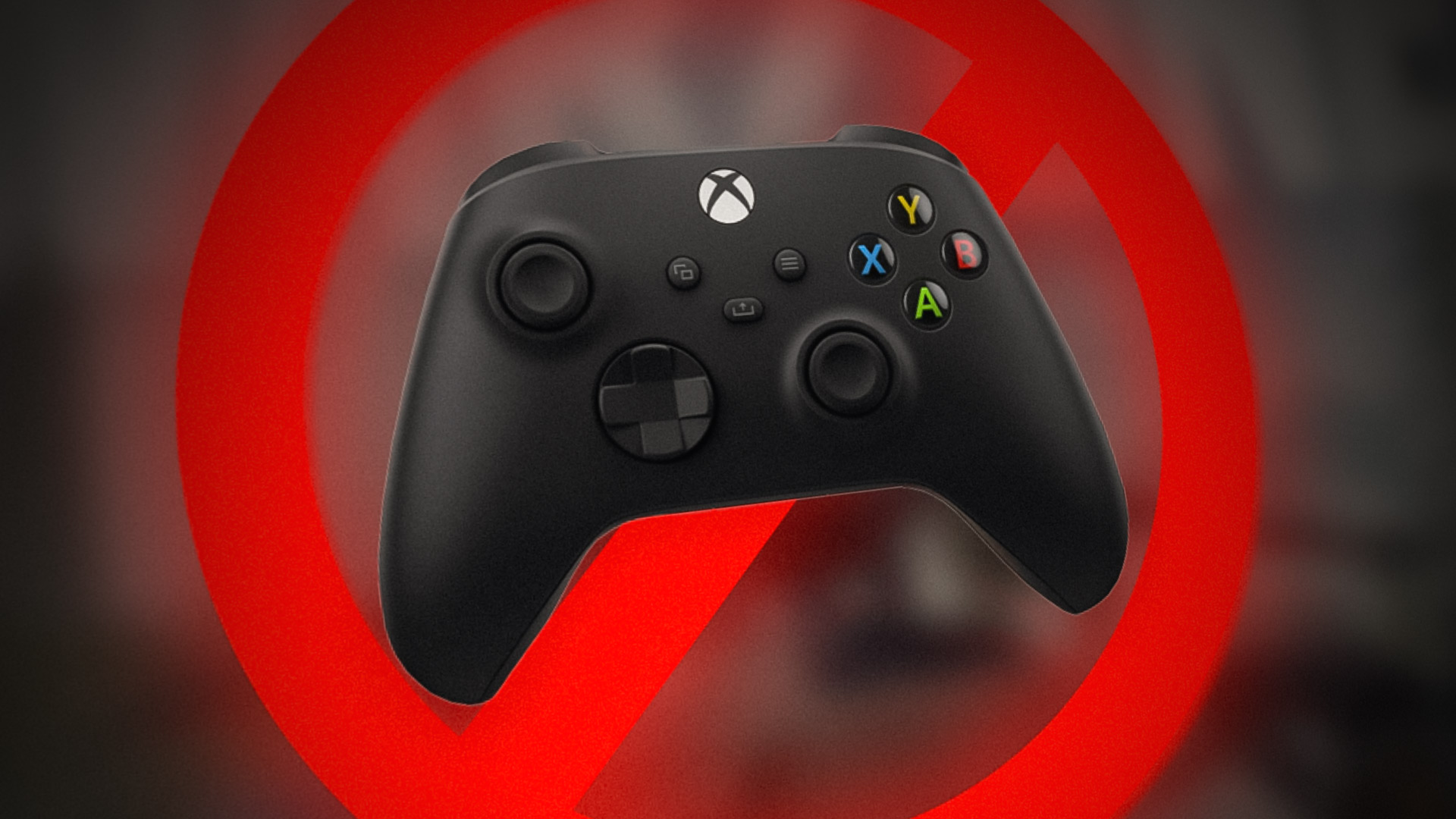
The following are the most common reasons why an Xbox controller might suddenly stop working on a Windows 11 PC:
- Outdated or Corrupt Xbox Accessories App: The Xbox accessories app is important for proper operation of the Xbox controller on a Windows system. An outdated or corrupt app may lead to functionality issues.
- Outdated or Incompatible Controller Driver: An outdated or incompatible Xbox controller driver may result in connectivity problems.
- Corrupt Chipset Drivers: Chipset drivers enable communication between the motherboard and the OS. If these are corrupt, the Xbox controller may not function properly.
- Outdated or Incompatible Firmware of the Controller: Firmware issues with the Xbox controller can result in compatibility problems with Windows 11.
1. Update the PC’s Windows 11 to the Latest Build
Keeping your Windows 11 up to date is an important step in ensuring device compatibility. By installing the latest build, you could be rolling out freshly coded patches specifically designed to fix any underlying bugs or system glitches that may be interfering with the functionality of your Xbox controller.
These updates often contain new drivers and system improvements that enhance the overall communication between the operating system and connected peripherals, thus potentially solving your controller issues.
- Right-click the Windows icon and open Settings.
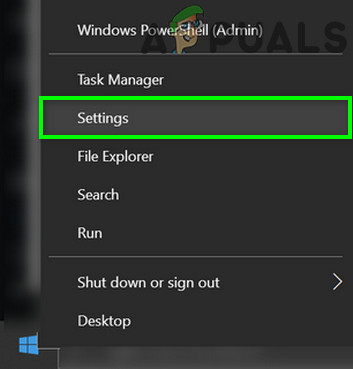
Open Windows Settings - Navigate to the Windows Update tab in the left pane and click on Check for Updates in the right pane.
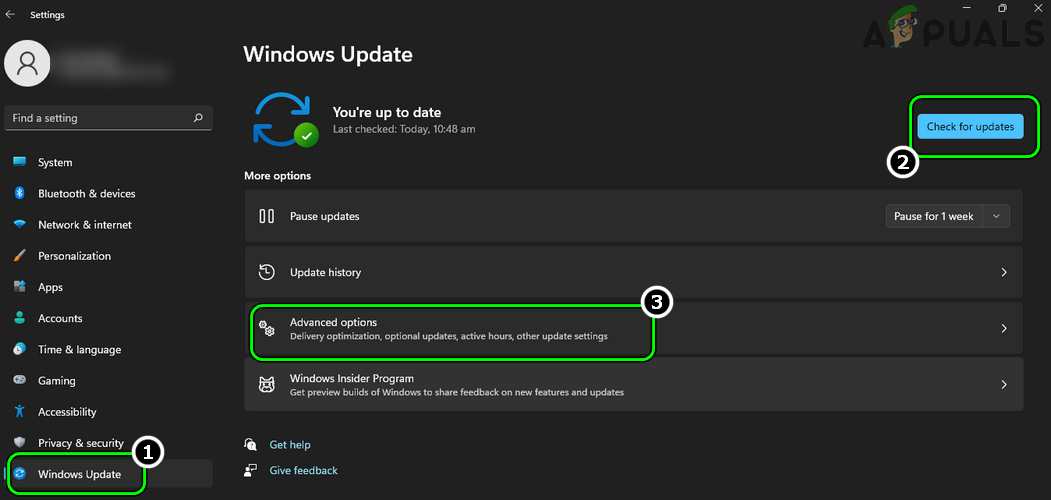
Check for Windows Updates and Open Advanced Options - Download and install the available updates. Be sure to restart your system after applying each update.
- From the Windows Update tab in Settings, open Advanced Options and click on Optional Updates.
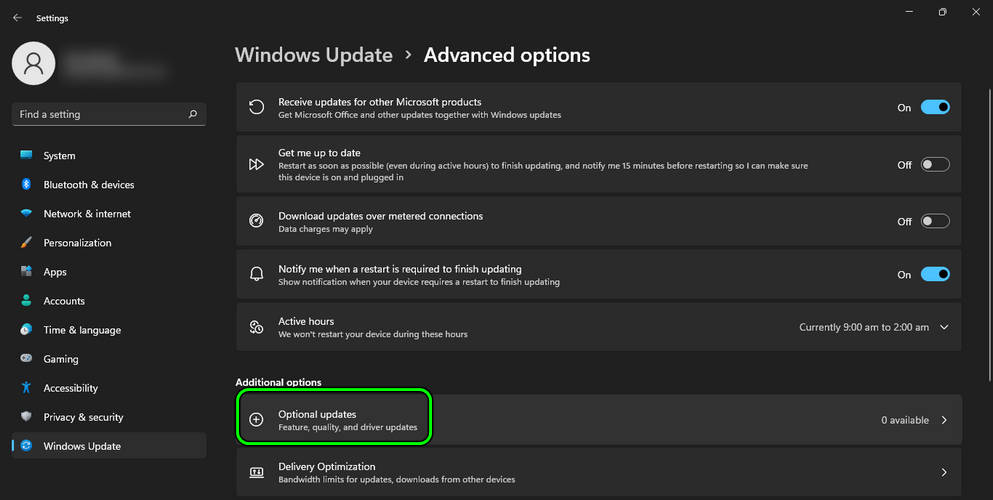
Open Optional Updates in the Windows Update - Make sure you install all available Optional Windows Updates, then restart your system.
- After restarting, check if the Xbox controller is working properly.
2. Re-Pair/Re-connect the Controller with the System
Resetting the connection between your Xbox controller and your PC can act as a troubleshooting reset, much like restarting a malfunctioning device. When you re-pair or reconnect the controller, it clears any temporary miscommunications or errors that might have occurred during the initial pairing process.
This simple step can often restore full functionality, as it allows the system to re-establish a fresh connection and recognize the controller properly.
- Unpair (or disconnect) the Xbox controller from the system, then restart your PC.
- After restarting, pair (or connect) the controller with the system again and check if it is working correctly.
3. Update the Xbox Accessories App to the Latest Build
Refreshing your Xbox Accessories app makes sure you’re running the most current version, which often includes critical bug fixes and feature enhancements. When your controller stops working as it should, the issue might be tied to software glitches within the app itself, which act as a bridge between the controller and your Windows 11 system.
By updating the app, you patch up these glitches and can restore smooth communication, potentially getting your controller back in the game without any issues.
- Open a web browser and visit the Xbox Accessories page on the Microsoft website.
- Click on Get, and in the popup window, select Open Microsoft Store.
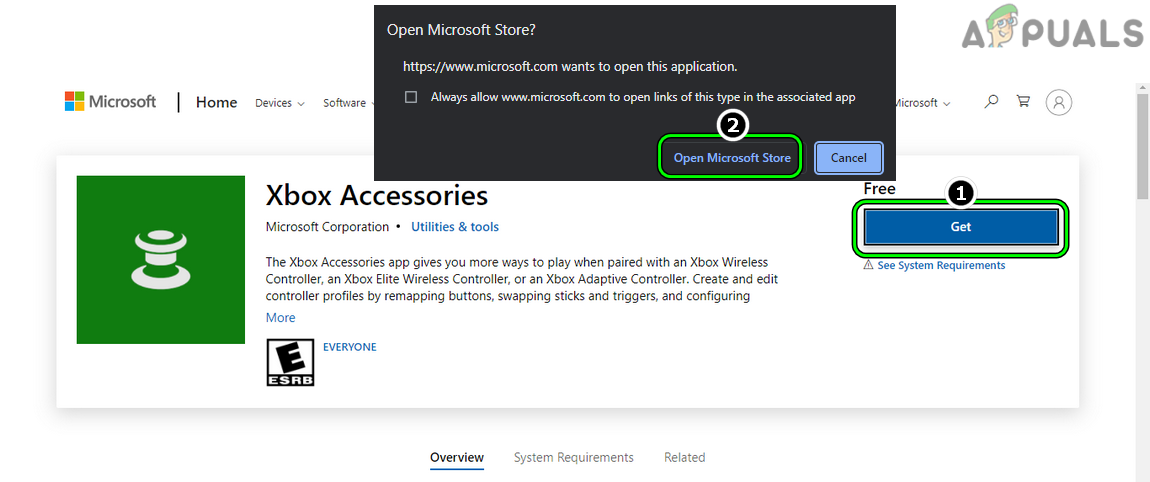
Open the Microsoft Store Page of the Xbox Accessories App - In the Microsoft Store, click on the Update button (if an update is available) and wait for the app to update.
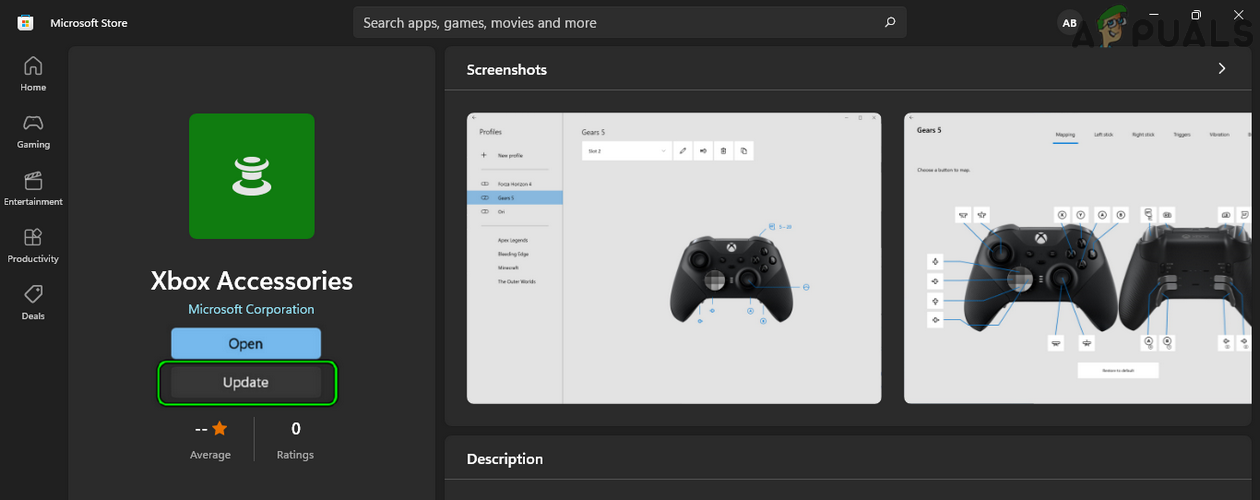
Update the Xbox Accessories App in the Microsoft Store - Restart your PC, and after rebooting, check if the Xbox controller is operational.
4. Update the Firmware of the Xbox Controller to the Latest Build
By downloading the latest firmware version, you’re making sure that the controller’s internal program is fully up-to-date and optimized to work smoothly with the most recent system updates on your Windows 11 PC. This step is particularly important because it clears up any previous glitches and enhances compatibility, potentially fixing connectivity or response issues you were experiencing.
- Make sure the Xbox controller is disconnected from your PC.
- Open the Xbox Accessories app if it is installed; if not, install the Xbox Accessories app and launch it.
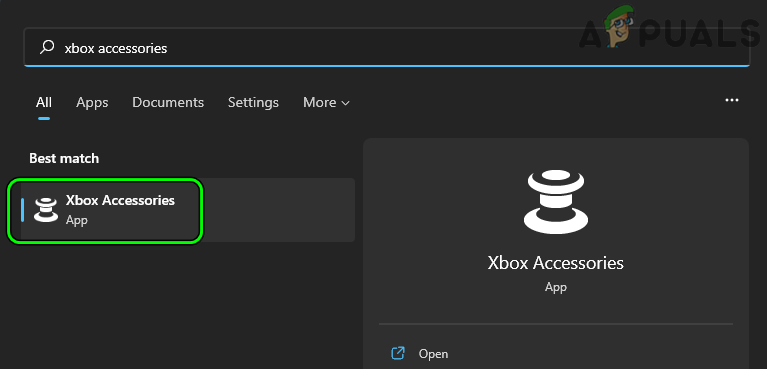
Open the Xbox Accessories App - Connect the Xbox controller to the PC with a USB cable. If an update available notification appears, click on Update. If no pop-up shows, then no firmware update is available.
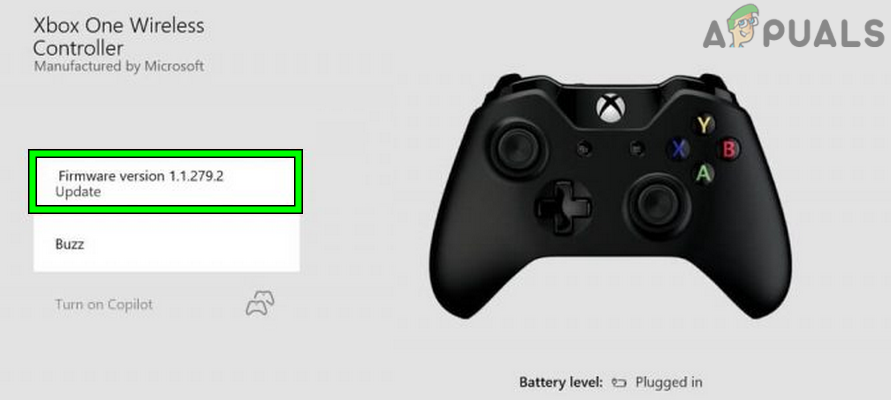
Update the Xbox Controller Firmware Through the Xbox Accessories App - After updating the firmware, reconnect or re-pair the Xbox controller and check if it functions correctly.
5. Reinstall the Xbox Accessories App
The Xbox Accessories App is key to making sure your controller communicates effectively with Windows. A fresh install of the app removes any data corruption that may have occurred within its files, restoring proper functionality. Basically, by reinstalling the Xbox Accessories App, you’re giving your controller a fresh start to operate from, potentially clearing out any misconfigurations or errors that were causing the issues.
- Right-click the Windows icon and choose Apps & Features.
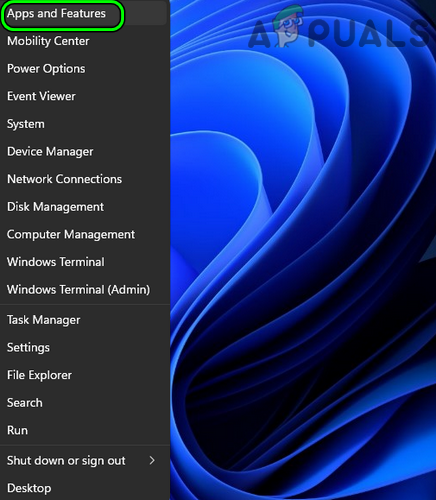
Open Apps & Features - Click the three vertical dots next to the Xbox Accessories app and select Uninstall.
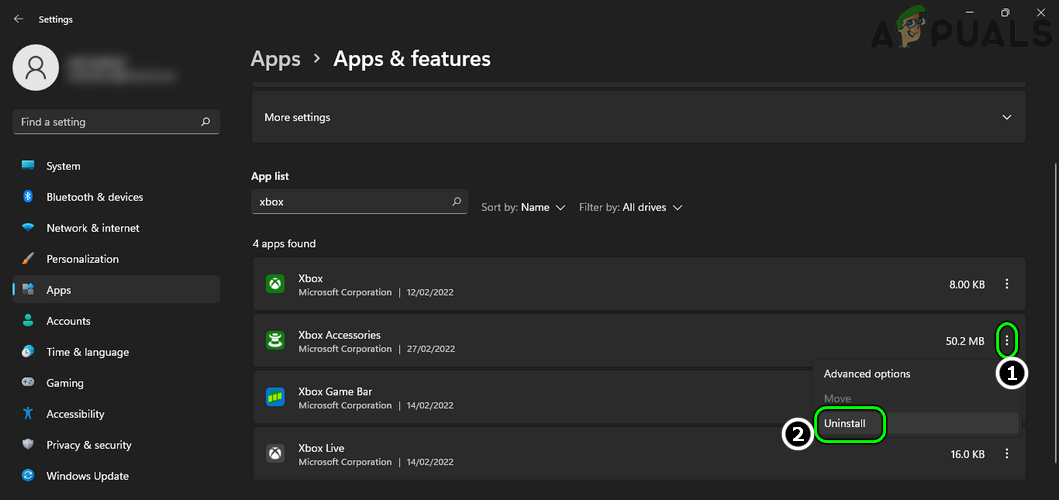
Uninstall Xbox Accessories App - Confirm the uninstallation and follow the on-screen prompts to complete the process.
- After removing the app, restart your system and check if the controller issue is resolved.
- If the problem persists, try reinstalling the Xbox Accessories app.
6. Reinstall the Chipset Drivers of the System
The chipset drivers play an important role in managing communication between the operating system and various hardware components, including USB ports where your controller connects. Corrupted or outdated chipset drivers could disrupt this communication, leading to unrecognized or faulty device operations.
By reinstalling the chipset drivers, you make sure that the most current and compatible versions are in place, which can restore proper functionality to your Xbox controller on a Windows 11 system.
- Right-click the Windows icon and select Apps & Features.
- Click on the three vertical dots next to AMD Chipset Software and choose Uninstall.
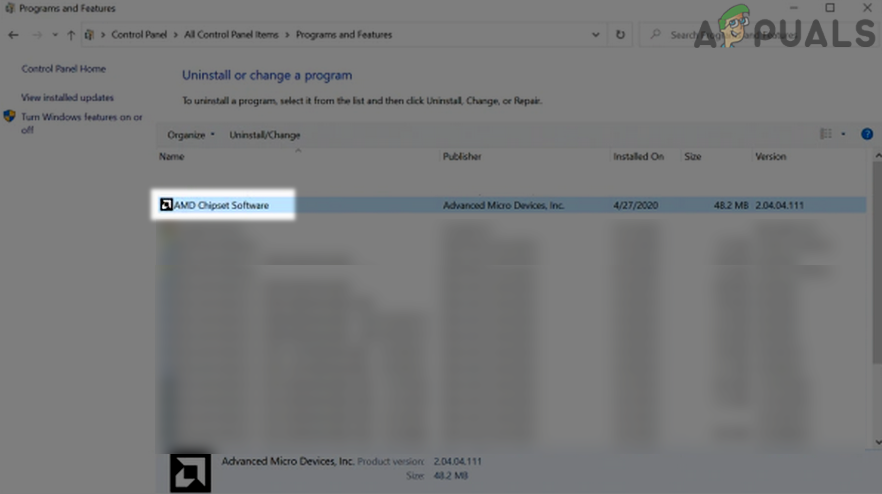
Uninstall AMD Chipset Software - Follow the on-screen prompts to remove the chipset drivers, then restart your system.
- Upon reboot, verify if the Xbox controller is functioning properly.
- If the issue remains, attempt to reinstall the chipset drivers.
7. Reinstall the Xbox Controller Driver
When drivers are corrupted or outdated, they can cause hardware to act irregularly or prevent it from responding altogether. By reinstalling the Xbox controller driver, we effectively wipe the slate clean and install the most recent and compatible version, ensuring that the controller and Windows 11 can communicate without interruptions or misunderstandings.
Install a Generic Windows Controller Driver
- Right-click the Windows icon and open Device Manager.
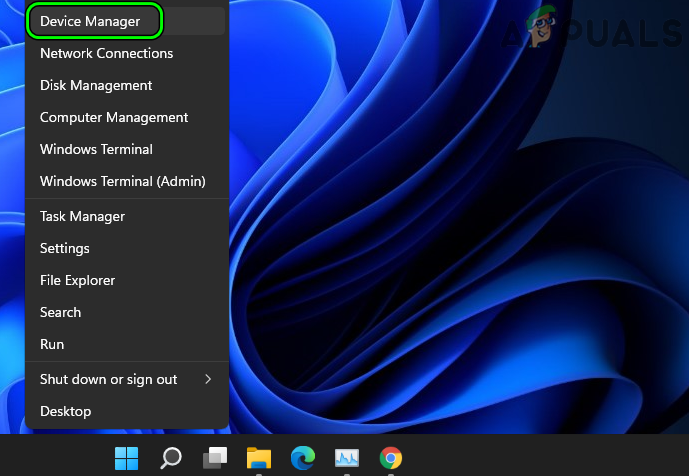
Open Device Manager Through the Quick Access Menu - Locate and right-click on the Xbox controller. It may be listed under Microsoft Common Controller, Other Devices, etc.
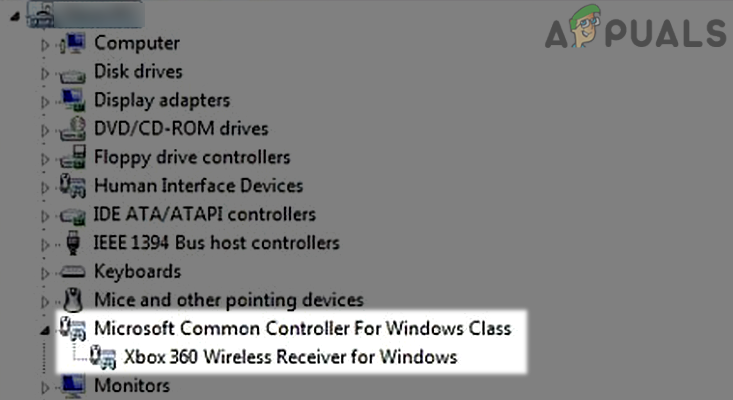
Uninstall the Xbox Controller Device in the Device Manager - Select Uninstall Device and check Attempt to Remove the Driver for This Device.
- Click on Uninstall and wait for the driver to be removed.
- Restart your PC. After reboot, Windows should install a generic controller driver (if it doesn’t, proceed with the next steps).
- If the controller still doesn’t work, open Device Manager again and select Show Hidden Devices from the View menu.
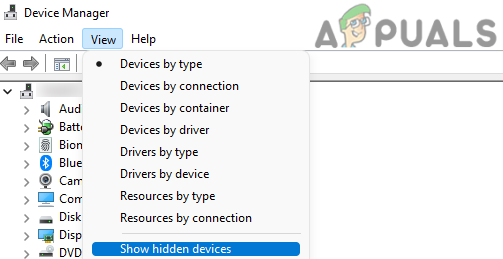
Show Hidden Devices in the Device Manager - Right-click on any hidden device that is greyed out and select Uninstall Device.
- If shown, check Attempt to Remove the Driver for This Device and click Uninstall.
- Wait for the device to be uninstalled and repeat this step for all hidden devices under Universal Serial Bus Controllers.
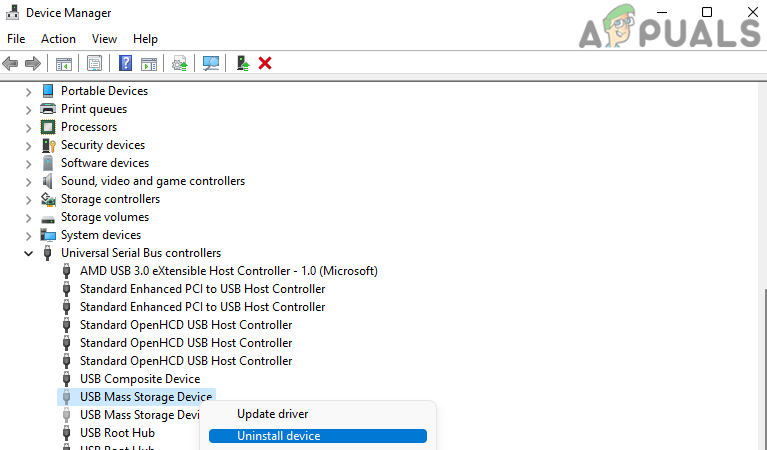
Uninstall Hidden USB Devices in the Device Manager - Uninstall all devices with a yellow exclamation mark.
- Then, uninstall the Xbox controller device by repeating steps 1 to 5.
- Restart your PC, and upon reboot, check if the problem has been resolved.
Install the Xbox Controller Driver
- Right-click the Windows icon and open Device Manager.
- Find the Xbox controller device. It may be listed as an Unknown Device under Other Devices or as a Compatible Game Controller with HID under Game Controllers.
- Right-click on the device and select Update Driver.
- Next, select Browse My Computer for Drivers.
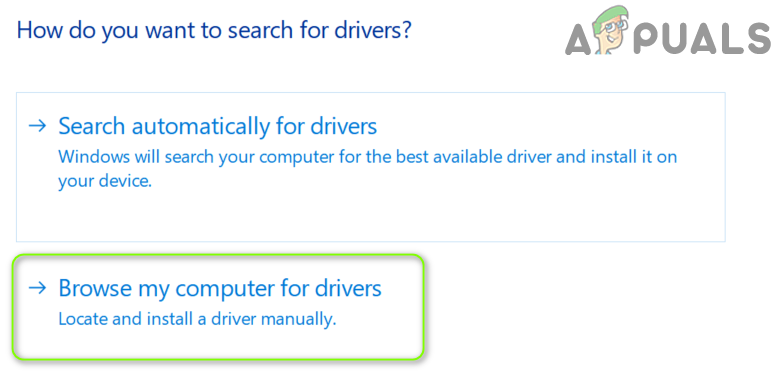
Select Browse My Computer for Drivers - Select Let Me Pick from a List of Available Drivers on My Computer and uncheck Show Compatible Hardware.
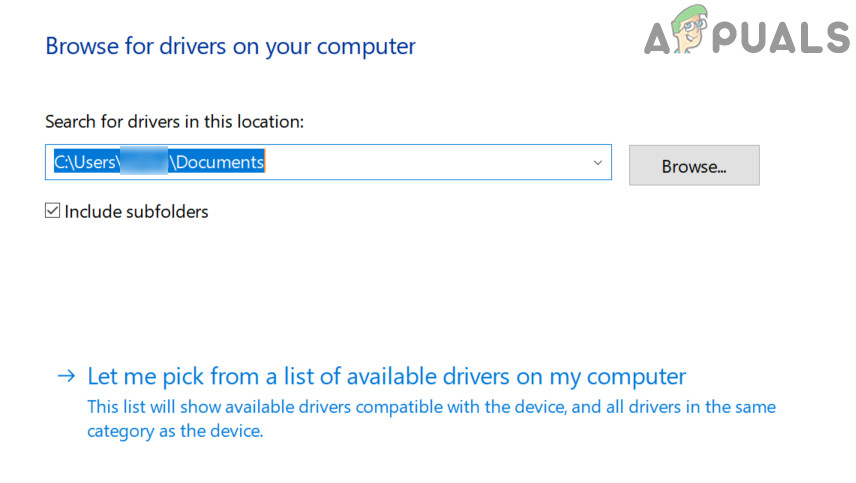
Let Me Pick from a List of Available Drivers on My Computer - Select Xbox Peripherals and choose the Xbox driver or Xbox 360 Controller for Windows option.
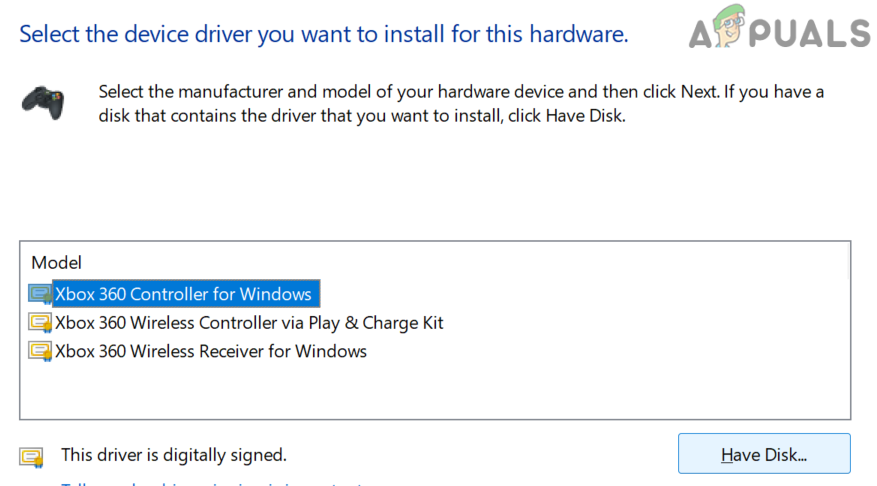
Select Xbox Controller Driver in the List of Drivers - Click Yes if a warning about the driver not being recommended pops up, then wait for the installation to complete.
- Restart your PC and verify if the Xbox controller is working as expected.
If no Xbox driver is available in the list, you can download one from a reliable source (preferably Microsoft), and use the Have Disk option in the driver’s update menu to install it.
8. Downgrade the Firmware of the Xbox Controller
The Xbox controller might not work with Windows 11 if the firmware update is not compatible with the PC’s version of Windows (as reported by users, and due to Microsoft’s own integration issues).
In this case, downgrading the firmware of the Xbox controller might resolve the issue. Caution is advised; this process requires an Xbox console and if the procedure fails, it could render your controller inoperative. Additionally, once the firmware is downgraded, manual updates may be necessary in the future.
Warning: Proceed with extreme care and at your own risk.
- On the Xbox console, access the Xbox Assist app located in the Apps section and navigate to the Get Help tab.
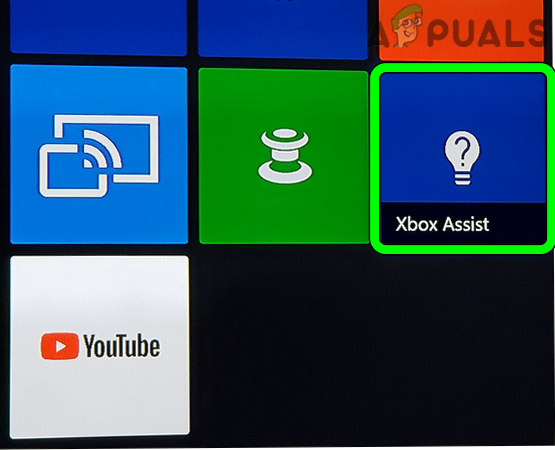
Open Xbox Assist in Xbox Apps - Proceed to Consoles & Accessories.
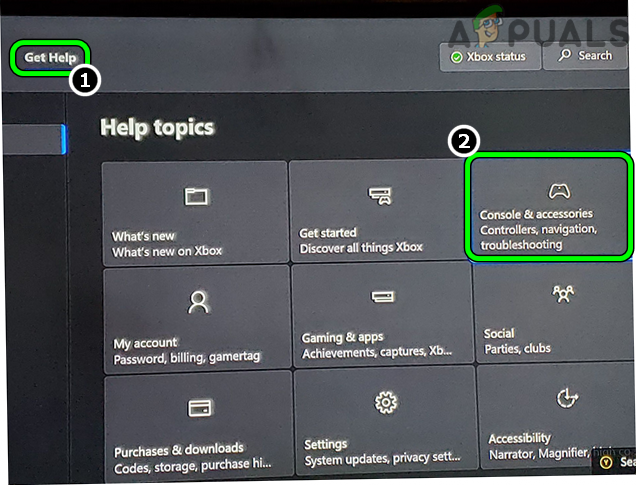
Open Console & Accessories - Select Controller and then click on the option that says My controller has connection issues after the update.
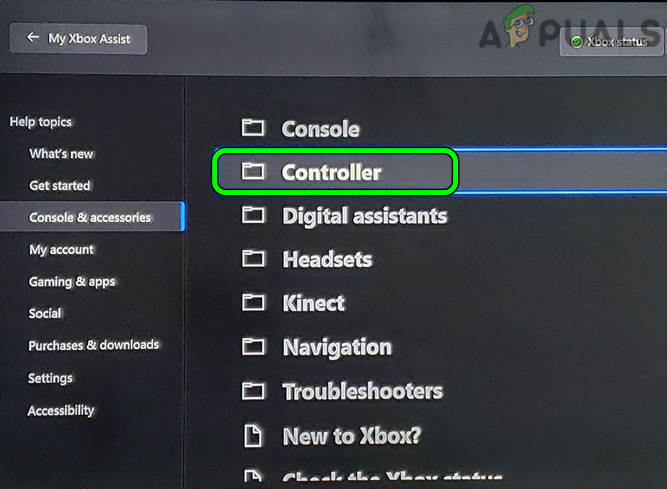
Open Controller in Console & Accessories Tab - Navigate to and select Check Controller Firmware and wait for the Xbox Accessories app to launch.
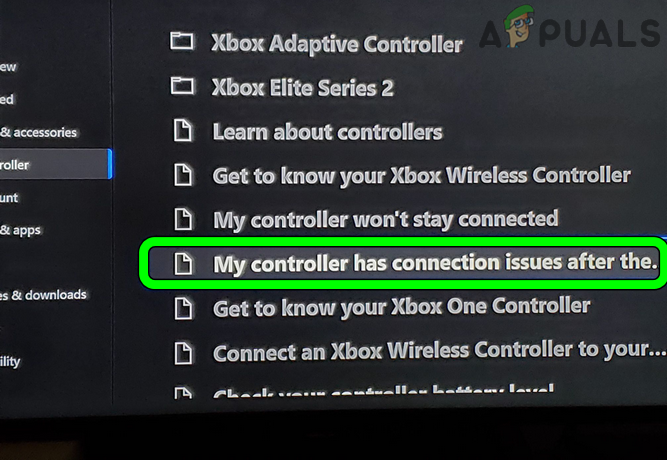
Open “My controller has connection issues” page - Once the Xbox Accessories app opens, you should be provided with a prompt to revert the firmware.
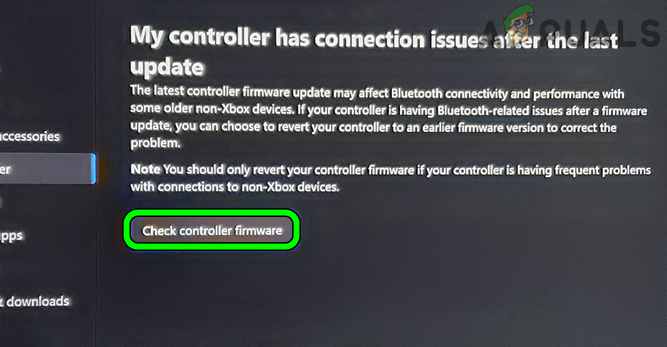
Open Check Controller Firmware - When prompted, connect the controller to the console using a USB cable and select Revert Firmware.
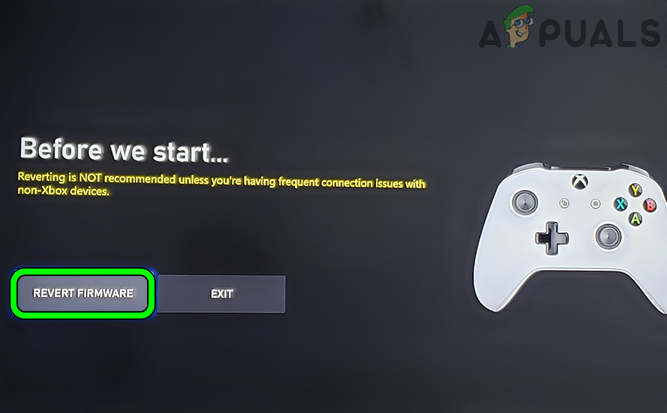
Revert the Firmware of the Xbox Controller - After the firmware reversion is complete, connect the Xbox controller to the Windows 11 PC and check if it is functioning correctly.
In the event that the controller still fails to work properly, it’s advisable to have it checked for potential hardware issues. Alternatively, you may try using the controller on another system or try using another controller with the current system to further diagnose the issue.




